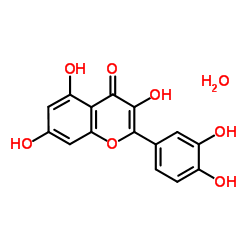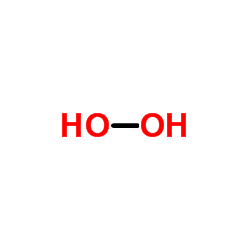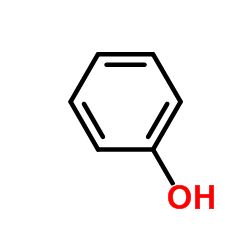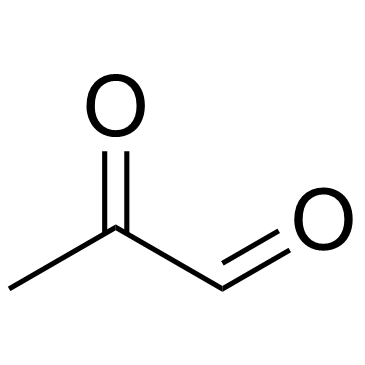| Structure | Name/CAS No. | Articles |
|---|---|---|
 |
Quercetin (hydrate)
CAS:849061-97-8 |
|
 |
Ethanol
CAS:64-17-5 |
|
 |
Acetonitrile
CAS:75-05-8 |
|
 |
Hydrogen peroxide
CAS:7722-84-1 |
|
 |
Methanol
CAS:67-56-1 |
|
 |
Phenol
CAS:108-95-2 |
|
 |
Methylglyoxal
CAS:78-98-8 |
|
 |
ethyl acetate
CAS:141-78-6 |
|
 |
Gallic acid
CAS:149-91-7 |
|
 |
acetol
CAS:116-09-6 |